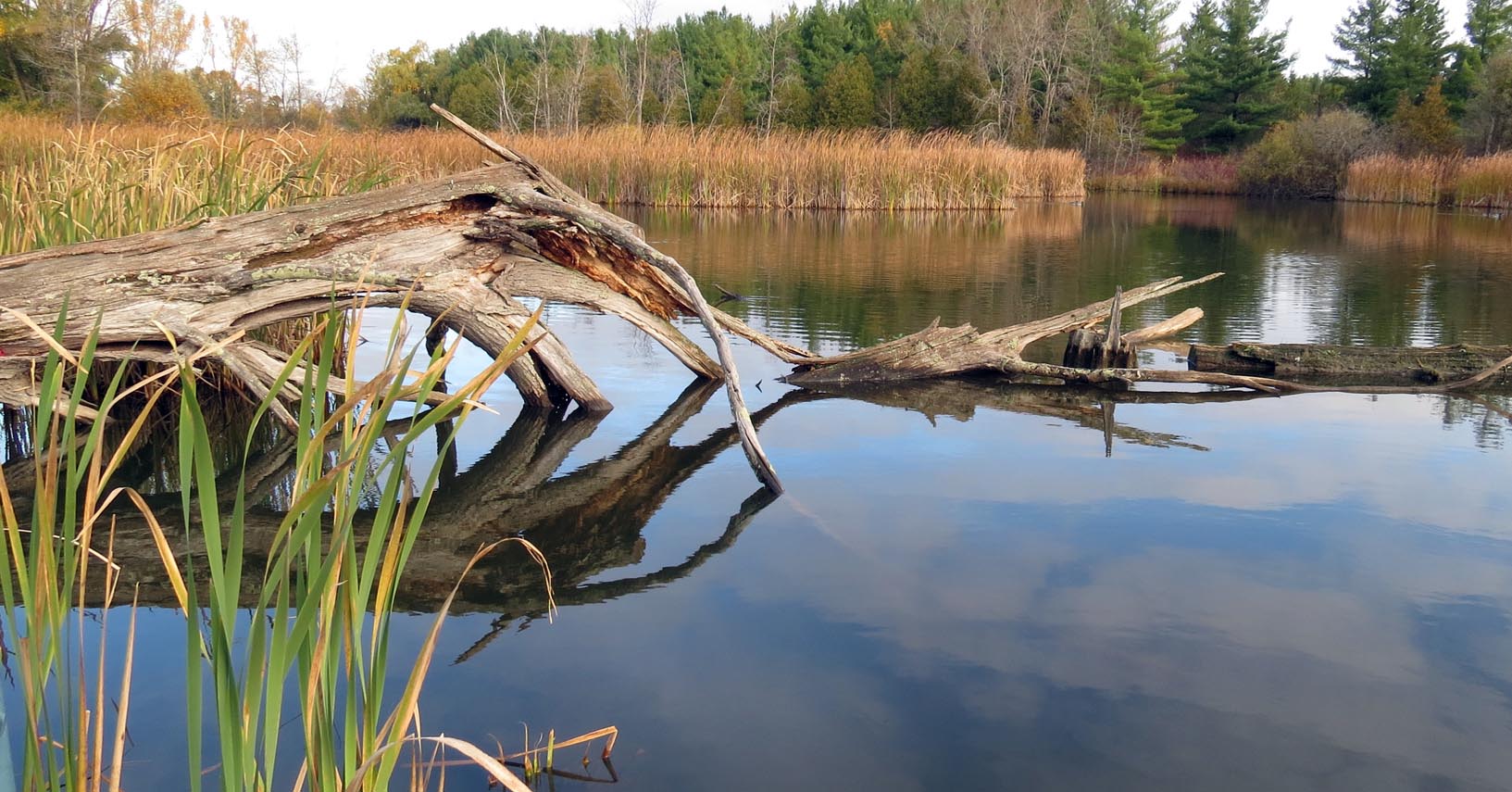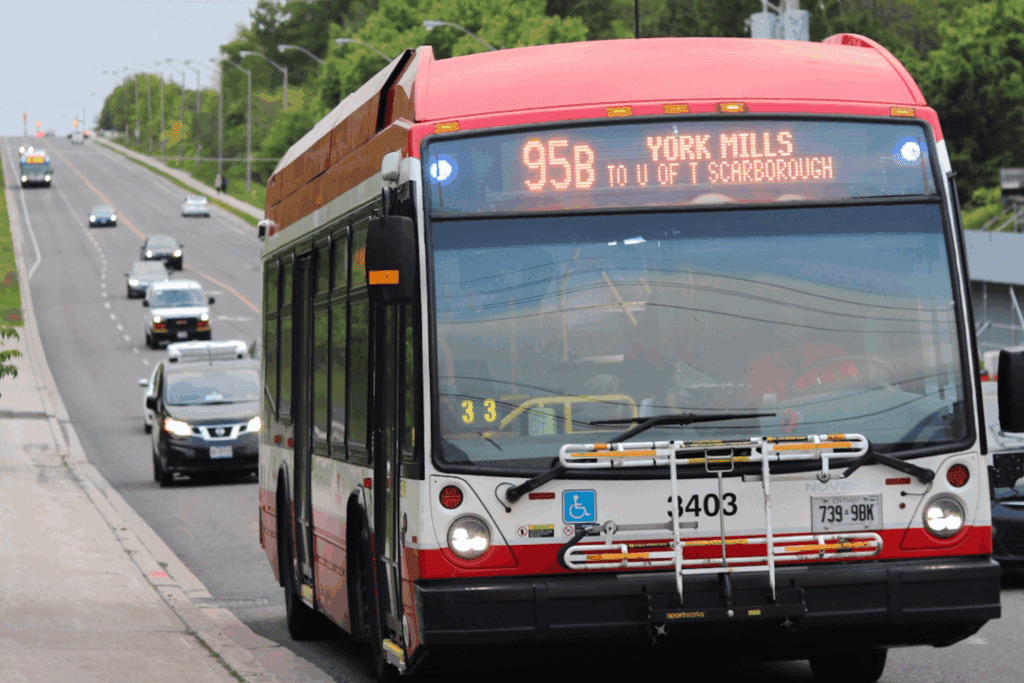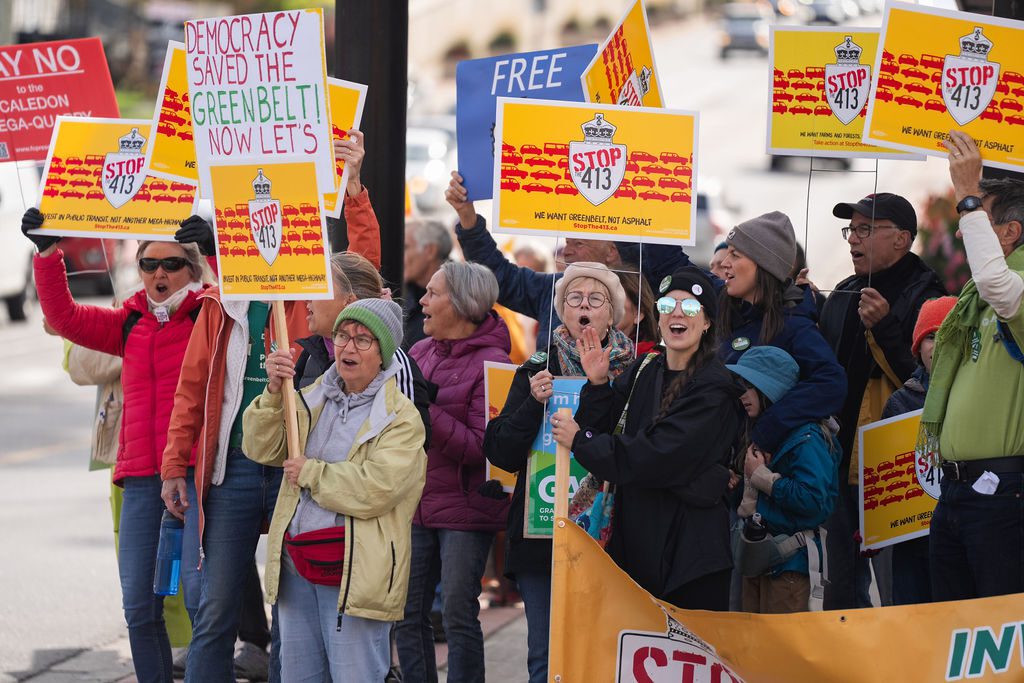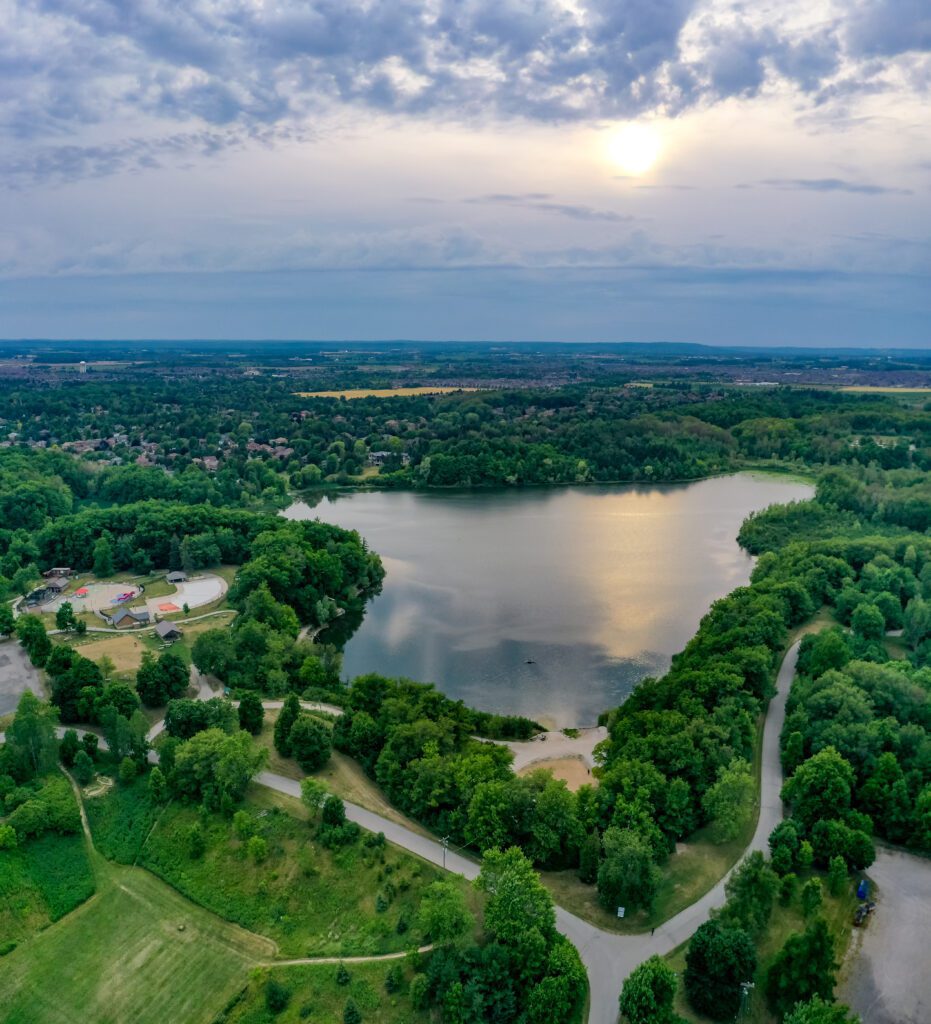This is a guest blog by Susan Watson, a Guelph activist and founding member of “Get Involved Guelph.”
Public outrage against the Greenbelt carve outs stopped those plans in their tracks last year and sparked investigations by the Integrity Commissioner, the Auditor General of Ontario and a criminal investigation by the RCMP.
You might think the Ontario government would have heard the message loud and clear: Ontarians will not tolerate protected lands being offered up to Ford’s developer friends. But, recent activity says they haven’t.
Premier Doug Ford has forced Ontario’s 36 Conservation Areas to set the table for a province-wide land buffet for developers. By December 31, 2024, Conservation Areas must create an inventory of “land which is suitable for the purposes of housing and housing infrastructure” for disposal as surplus lands.
The Gutting of Conservation
In the fall of 2022, the provincial government passed the More Homes Built Faster Act. Embedded in this legislation were sweeping changes which gutted the role of Ontario’s Conservation Authorities, hobbled them financially and mandated that they identify “surplus land” for housing.
Conservation Ontario, the umbrella organization for Ontario’s Conservation Areas was quick to respond, making the following statement in their press release:
“Conservation authority lands are often located in floodplains and help to protect against flooding and erosion. They offer trails and other outdoor amenities that contribute to public well-being and they protect important sources of drinking water and biodiversity. They also contribute to climate change adaptation measures by capturing emissions, cooling temperatures, and protecting water quality.”

Angela Coleman, General Manager of Conservation Ontario further added, “Regardless of the source of funding for the lands, clear policies are needed to protect these locally significant conservation lands and land use should only be considered for housing in exceptional circumstances.”
Unfortunately, the Premier Ford’s government is employing the same false premise used to justify the Greenbelt carve outs – that the root of the housing crisis is a shortage of land. The reality is that municipalities already have more than enough land zoned and serviced for housing – it just needs to be used efficiently. What we don’t have is enough greenspace for the people and animals that call Ontario home.
Kortright Waterfowl Park
One of the first Conservation Areas out of the gate to play handmaiden to the province is the Grand River Conservation Area (GRCA). The GRCA is moving quickly to dispose of 20 acres of land in Guelph which was part of the former Kortright Waterfowl Park.
The real estate values are mind-boggling.

Land that was acquired from the Kortright Waterfowl Park for conservation and recreation at a cost of $2,750 per acre in 1977 is now worth more than 350 times that amount – around $1 million per acre, or a total of $20 million for that one parcel. The GRCA has identified 8 more parcels for disposition within the Grand River watershed.
Misinformation about the acquisition history of the Kortright Waterfowl Park lands put forward by the GRCA and a lack of detailed groundwater and species information is profoundly disturbing. The fact is that 30 per cent of this land purchase was paid for by Guelph citizens, 60 per cent by the Ministry of Natural Resources and only 10 per cent by the GRCA. The vision of that purchase, as documented in an archival Guelph Mercury news clipping, was to “provide parkland and open space for future residents.”

Who will be the beneficiaries of this disposal of public land? Will it actually provide the rent-geared-to-income social housing desperately needed in Guelph, or will it just go to the highest bidder and pad developer profits?
The original acquisition of some 147,000 hectares of conservation lands throughout Ontario over several decades was visionary. We owe it to future generations to preserve the legacy gifted to us, both in Guelph, and across the province. In a time of climate change, biodiversity loss and population growth pressures, there is no such thing as “surplus” conservation land. Local politicians who sit on the boards of Conservation Authorities need to hear from the citizens who elected them.
The time to speak out is now.








